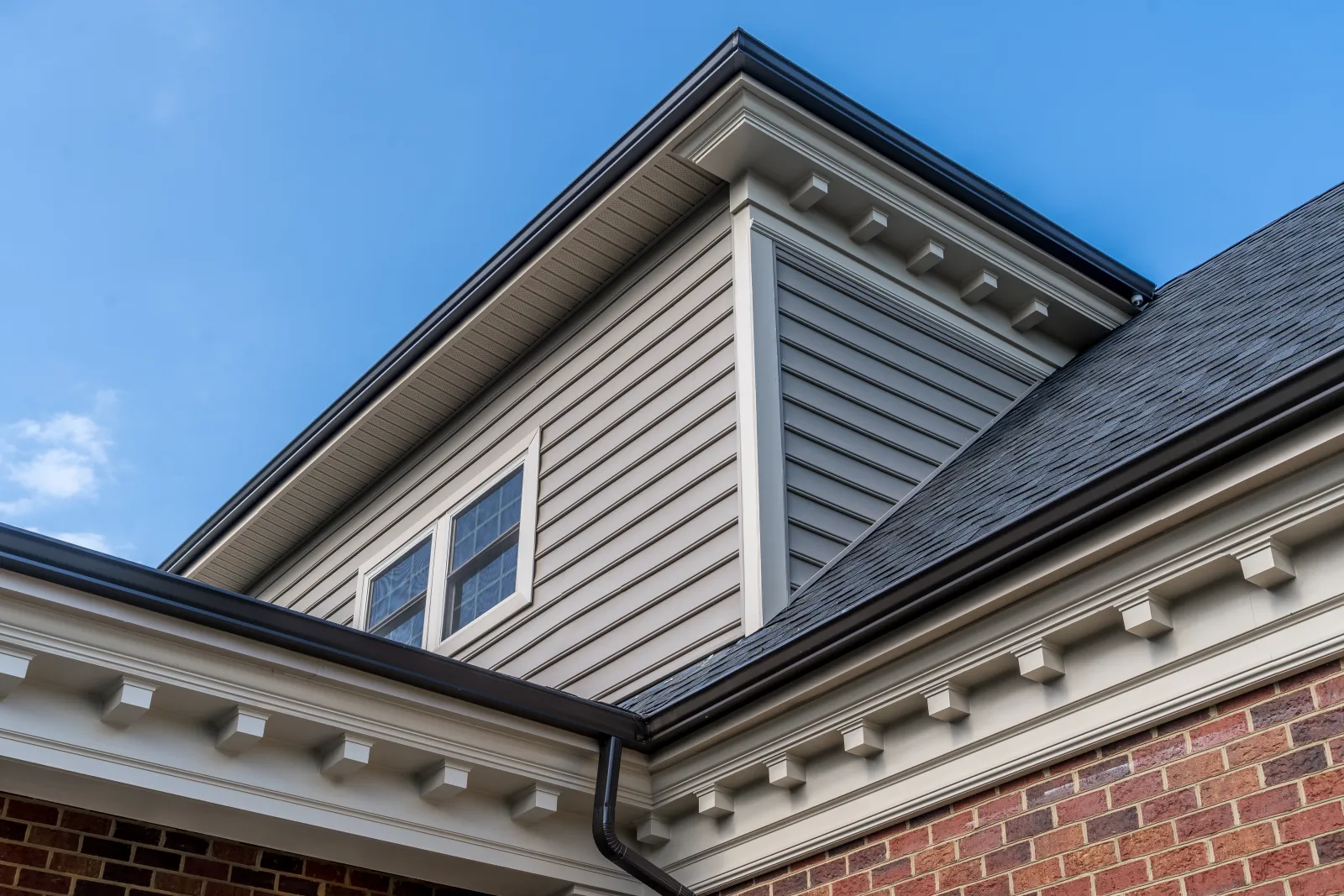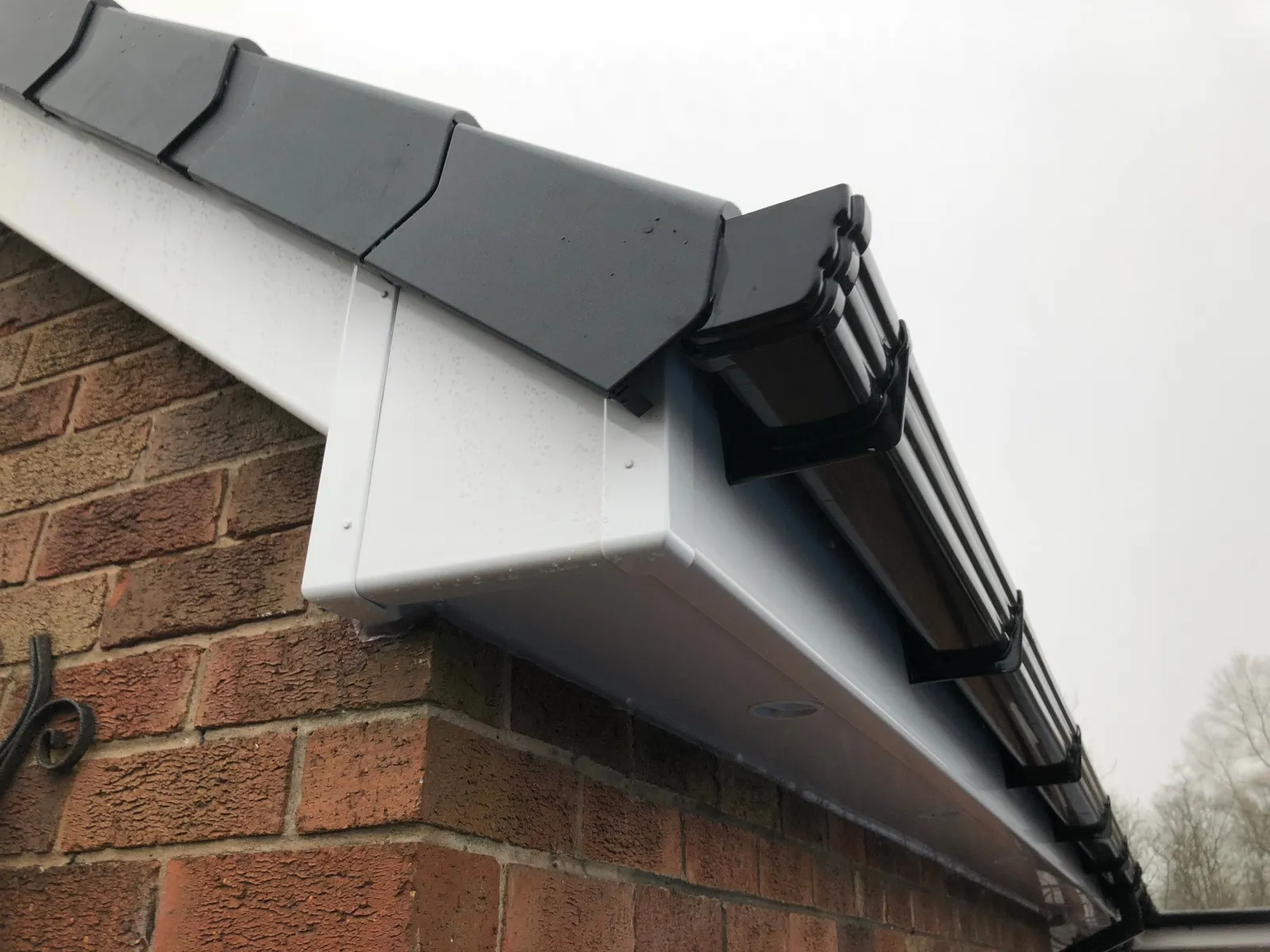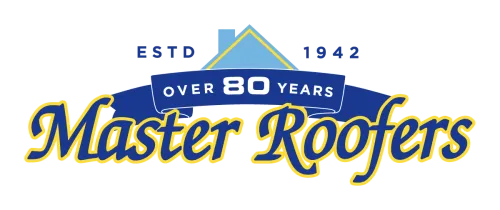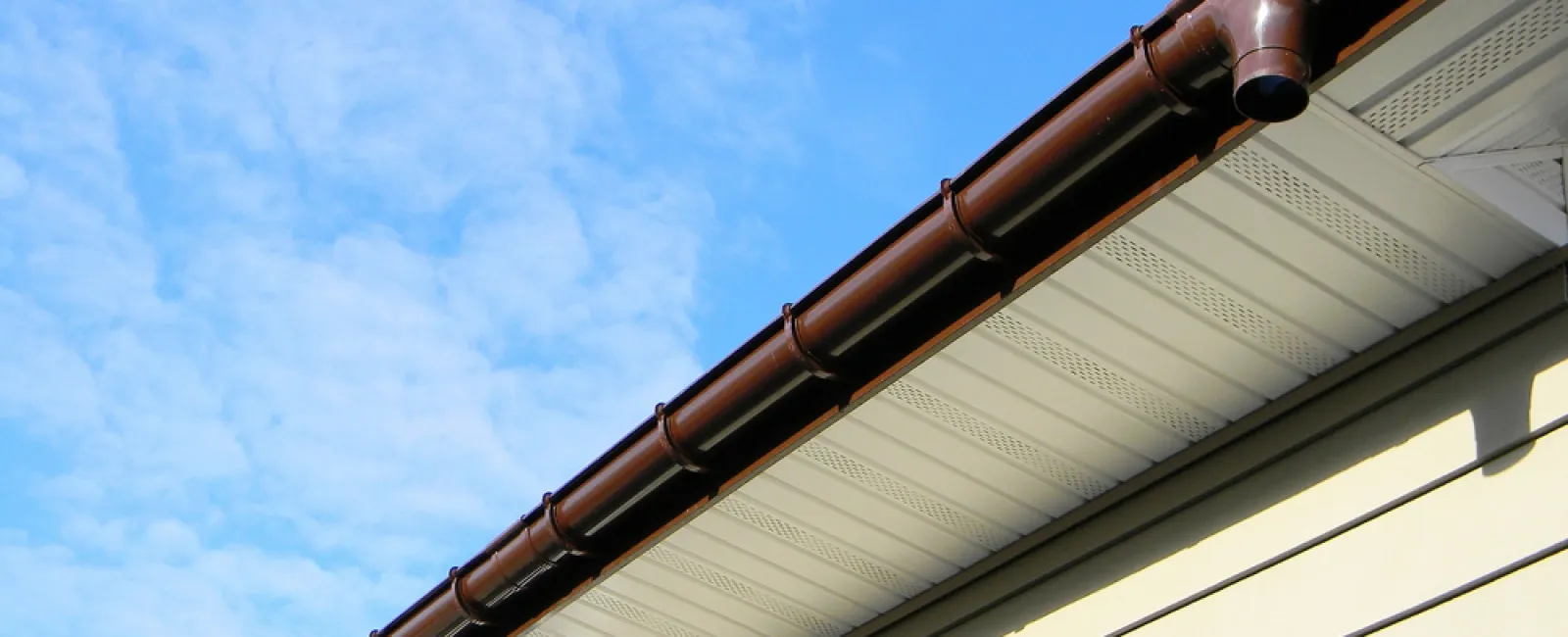When it comes to the structural components of a house, certain
elements like fascia boards often go unnoticed. However, they play a crucial
role in the overall functionality of your roof. Understanding fascia boards is
essential not only for maintaining the aesthetic appeal of your home but also
for ensuring its structural integrity. Whether you're getting a new roof
installed or looking into repairs for your current roof, understanding your
fascia boards can give you a deeper appreciation for your roof.

What is a Fascia Board?
A fascia board is a horizontal board that runs along the lower
edge of your roof, where the roof meets the exterior walls of your house.
Acting as a finishing touch, it covers the ends of the rafters or trusses and
gives your home a polished look. But fascia boards do more than just improve
curb appeal. They also serve a functional purpose. By blocking moisture, they
protect your roof and interior spaces from weather-related damage.
Additionally, fascia boards provide support for the lower edge of the roof and
serve as a mounting point for gutters.
The Role of Fascia Boards in Your Roof
Fascia boards are vital components of your roof structure,
providing several key functions. Firstly, they act as a protective barrier,
blocking water from seeping into your home's roof and walls. This helps prevent
potential damage that could result from rain or snow. In addition to offering
protection, fascia boards provide crucial support for the bottom edge of the
roof tiles or shingles, helping them stay secure even during severe weather
conditions such as heavy winds. Moreover, fascia boards are essential for
mounting gutters, which play a critical role in channeling rainwater away from
your home. Properly installed gutters prevent water from pooling around the
foundation, thus avoiding issues like basement flooding or soil erosion.
Materials Used for Fascia Boards
Fascia boards come in various materials, each offering unique
benefits and drawbacks. Wood is a traditional choice, providing a classic look
that many homeowners love. However, it requires regular upkeep to prevent
issues like rot and decay. Vinyl is another option to consider; it's easy to
match to your siding, very durable, and easy to install. Another significant
benefit for homeowners is its low-cost maintenance and repair options. Aluminum
fascia boards are lightweight and resist corrosion, but they tend to be more
expensive.
Choosing the Right Fascia for Your Roof
Selecting the right fascia boards for your roof involves several
key considerations to ensure you make the best choice for your home. Firstly,
think about the climate in your area. If you experience a lot of rain or high
humidity, materials like vinyl or aluminum may be more suitable because they
resist moisture and won't rot like wood can. Secondly, consider your budget.
Wood is often less expensive upfront but may require more maintenance over
time, while materials like aluminum might have a higher initial cost but offer
greater longevity and less upkeep. Aesthetics also play a significant role in
your decision. Wooden fascia can add a charming, traditional look to your home,
while PVC or aluminum can provide a sleek, modern appearance. Finally, weigh the
long-term benefits and maintenance requirements of each material to find the
best fit for your needs and preferences. By carefully evaluating these factors,
you can choose fascia boards that not only protect your home but also enhance
its overall appeal.
How Fascia Boards Work With Your Gutters

Fascia boards play a crucial role in the efficient operation of your gutter system. They provide a sturdy base for attaching gutters, which are responsible for channeling rainwater away from your home. Without fascia boards, gutters would have no secure place to attach, making it difficult to manage water runoff effectively. The alignment and installation of gutters on the fascia board must be precise to prevent water overflow, which can lead to damage both to the fascia and the home's foundation.
Maintaining the integrity of your fascia boards ensures that your
gutters can perform their job properly. When fascia boards are in good
condition, they help to stabilize gutters, preventing sagging or detachment.
This stability is crucial during heavy rainstorms, where large volumes of water
need to be efficiently directed away from your home. Regular inspections and
maintenance of both fascia boards and gutters can help catch any issues early,
ensuring the system works seamlessly to protect your home from water damage.
Issues That May Arise With Fascia Boards
Fascia boards, while essential, can encounter several issues over time that may compromise their functionality. One common problem is water damage, often caused by clogged gutters. When gutters overflow, the excess water can saturate the fascia boards, leading to rot and decay, especially in wooden boards. Warping is another issue, typically resulting from prolonged exposure to moisture or from poor installation practices. This can cause the fascia to become misshapen, potentially affecting the alignment of your gutters. Pest infestations, such as termites or carpenter ants, are also a concern, particularly for wooden fascia boards. These pests can cause significant damage, weakening the structure and leading to costly repairs. Regular maintenance is crucial to prevent these problems. By cleaning your gutters and inspecting the fascia boards periodically, you can identify and address any signs of damage early. Additionally, addressing issues promptly with a local roofer can help you keep small problems from turning into large, expensive ones.
Choosing the right roofing team for your installation or repairs is crucial. Serving New Hampshire, Southern Maine, and the North Shore of Massachusetts, Master Roofers is just a call away. Call us at (603) 623-4973 or contact us online for a quote.
Ready to learn more about your roof? Check out our
guide to the anatomy of a roof.

